During my long weekend in Toronto, I managed to check out the furniture of New France collection at the Royal Ontario Museum (ROM).
Attentive readers who also follow Versailles Century on Instagram might remember that I posted this photo some time ago.
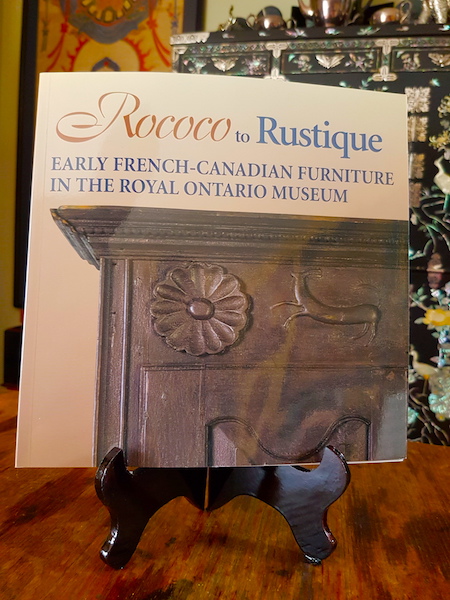
Rococo to Rustique, a book about the early French-Canadian furniture collection at the ROM.
I promised to visit the museum and write a follow up post. In fact, I think there will be a series of posts.
First, a bit of background. New France, or Nouvelle France, was a French colony centred in what we now call Québec. First visited by the explorer Jacques Cartier in 1535, the site of modern day Québec City was settled by Samuel de Champlain in 1608. It became the capital of French Canada, but growth was slow until Louis XIV and his intendant Colbert decided to make New France a crown colony in 1663. They then instituted a full program of emigration and economic development, which resulted in the population doubling to over 6000 by 1672. Another growth spurt took place after the end of the War of the Spanish Succession in 1713, when a highway was built to connect Québec City to Montréal. By 1720, the population was estimated to be 25,000, which nearly tripled again by the middle of the century. This was the golden age of New France. Finally, as is well known, France lost Canada to the British in the Seven Years War (1756-1763). The decisive battle took place in 1759 on the now-legendary Plains of Abraham outside the walls of Québec City. Both the British general, Wolfe, and the French commander, Montcalm, were killed.
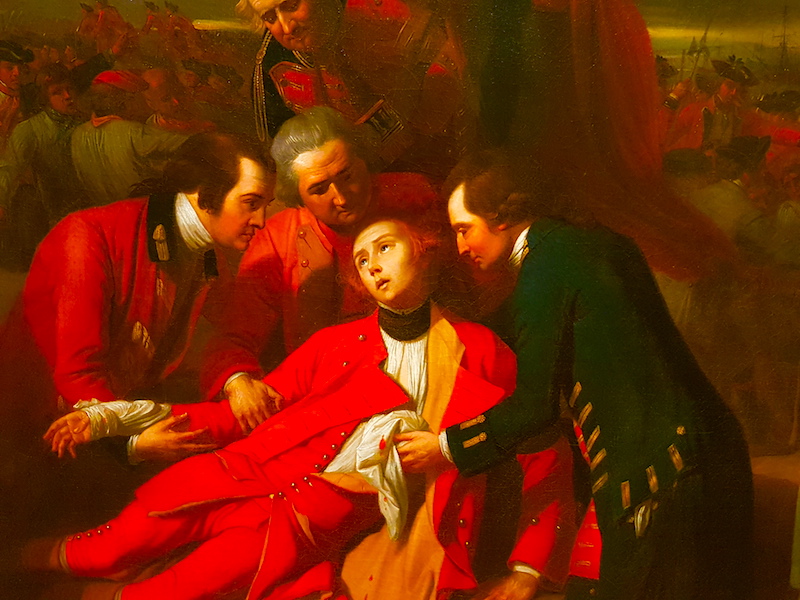
The death of Wolfe at the Battle of the Plains of Abraham.
The formal cession of Canada to Britain in exchange for France keeping Guadeloupe was agreed at the Treaty of Paris in 1763. Voltaire famously remarked, “Who cares about a few acres of snow?” At the time, he was probably right because little Guadeloupe generated more revenue from its sugar plantations than all of Canada. One wonders what he would say now, though!
In terms of the furniture of New France, the main styles are Louis XIII, which persisted well into the 18th century, and Louis XV, which only just got started before the British conquest, but held sway for decades after. Cut off from the mother country, Québec never really caught the Louis XVI, Directoire, or Empire waves. In essence, Québec skipped from Rococo to Victoriana.
Future posts will focus on individual pieces or groups of similar pieces, but for today we’ll just get an overview.
These chairs date from the late 17th and early 18th centuries.
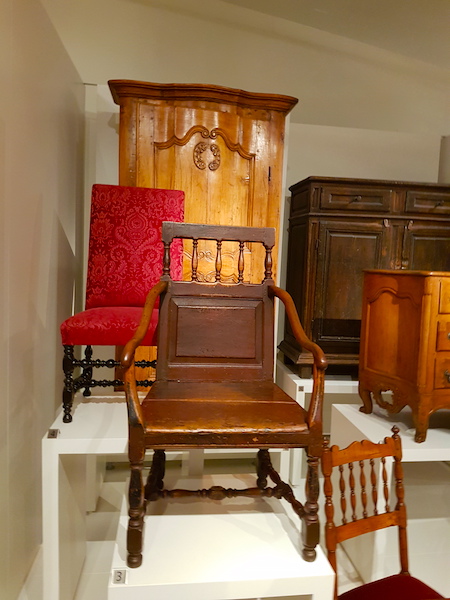
Late 17th and early 18th century chairs from New France in the ROM.
Nearby, a handsome pre-Conquest commode is the star of the show.
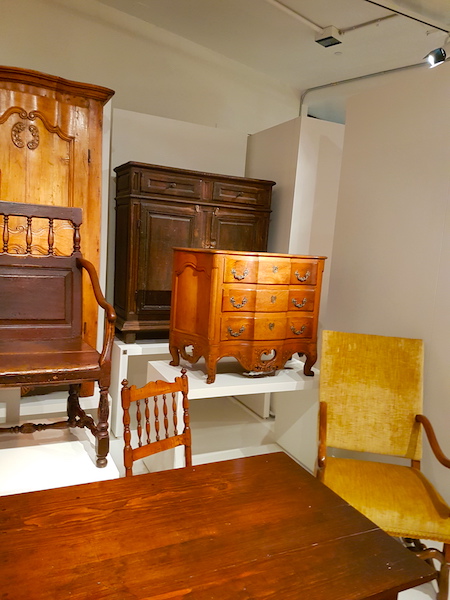
A rustic Rococo from New France shines in the ROM.
Two very handsome mid-18th century fauteuils are front and centre in another display.
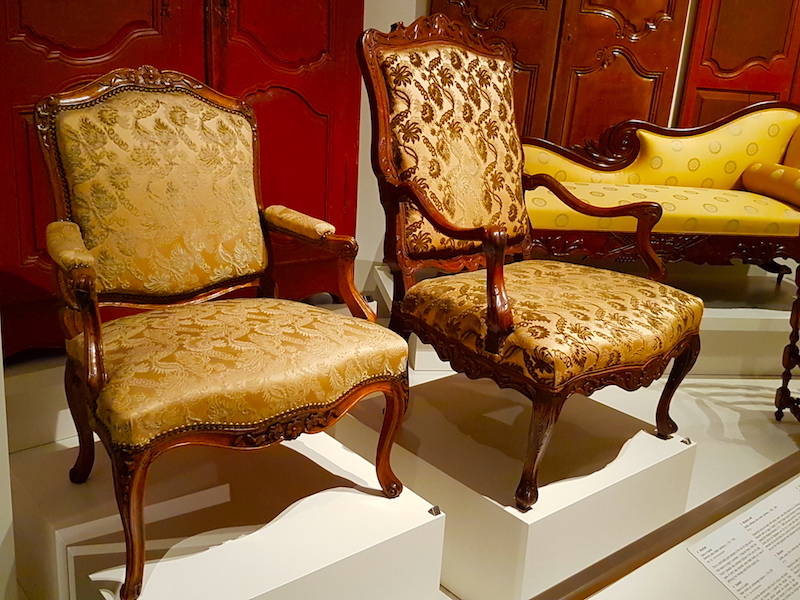
Two handsome fauteuils from New France in the ROM.
In addition to secular furniture, there are also ecclesiastical fixtures and furnishings. An 18th century altar and other items are grouped together in another section of the New France gallery.
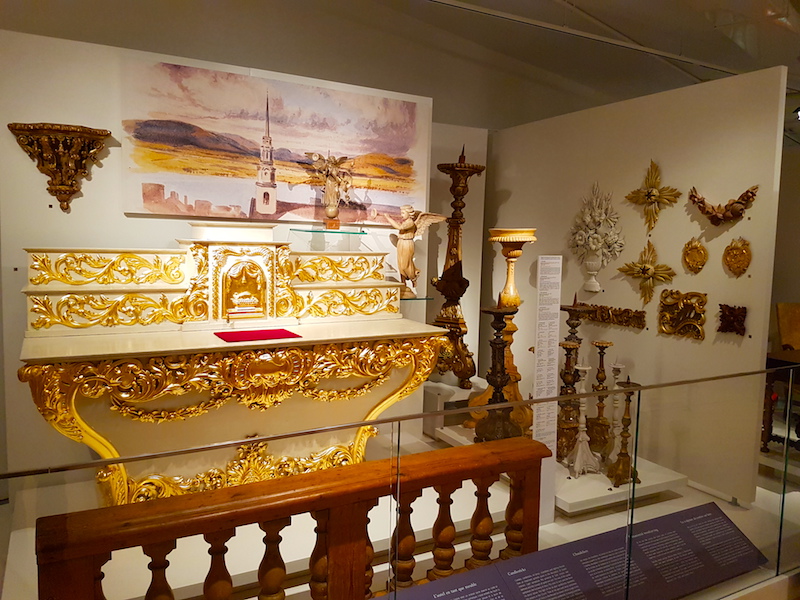
18th century church fixtures from New France in the ROM.
The New France collection also includes smaller domestic items, such as silverware, crockery, and musical instruments, all of which will be featured in due course.
I look forward to breaking down these different areas of the New France collection in future posts. Which items or groups of items would you like to read about first? Let me know in the comments below, on the Versailles Century Facebook page, or on our gallery on Instagram.








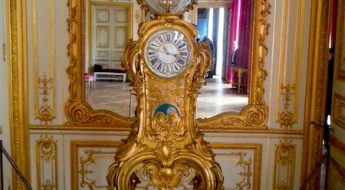
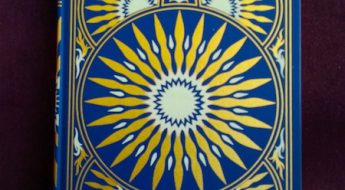








Leave a Comment